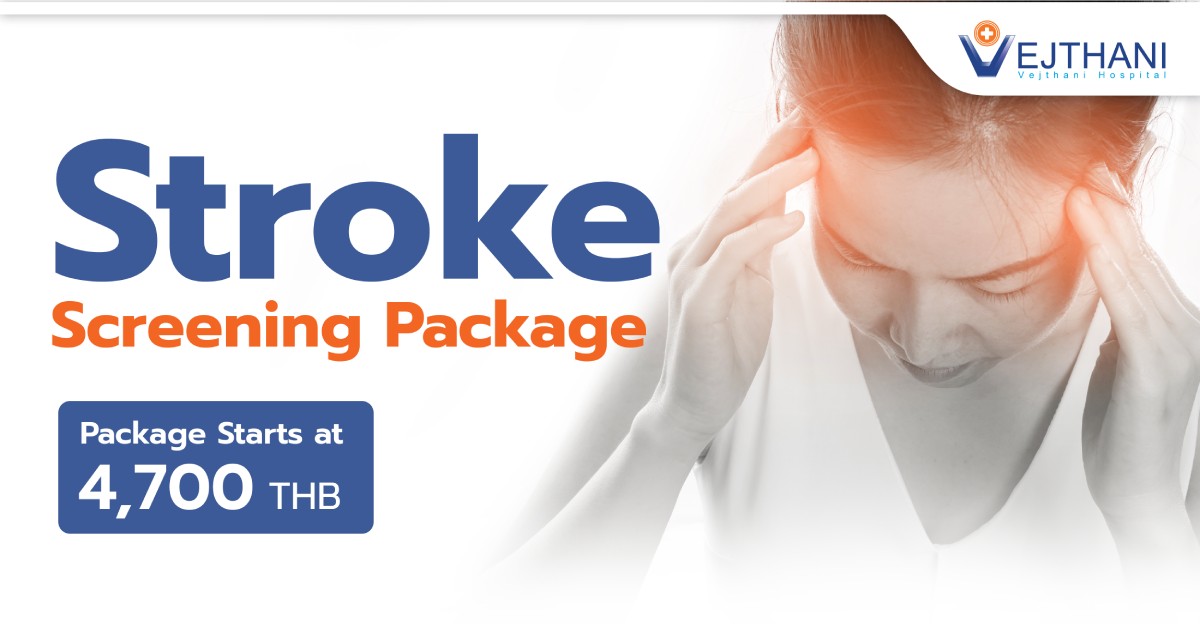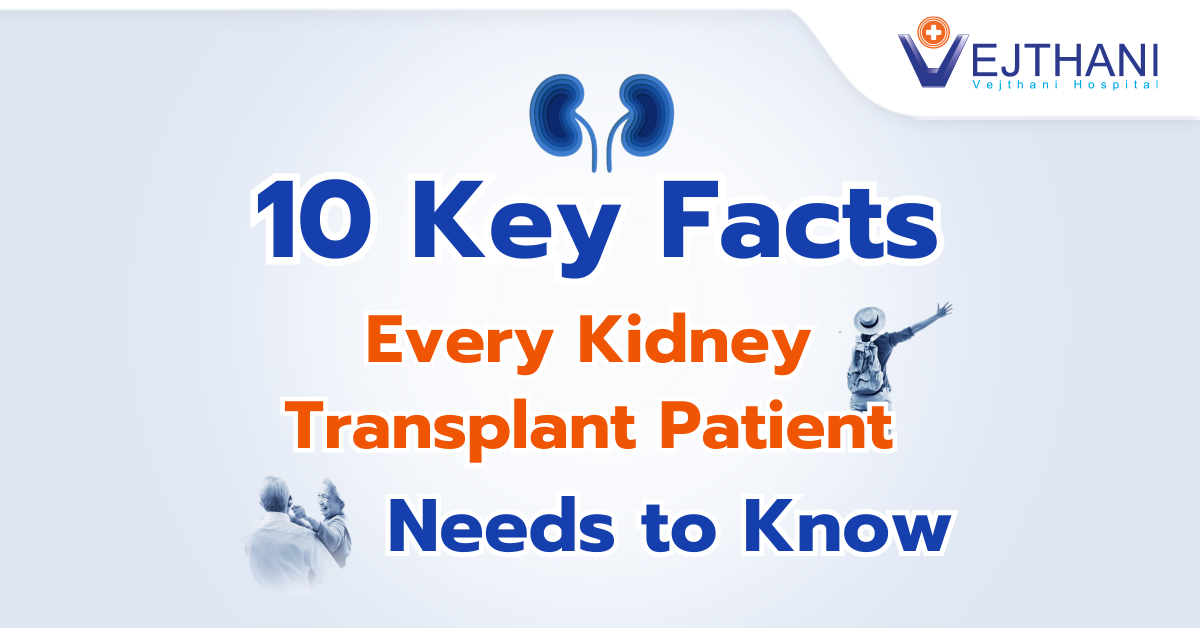
Bursa injection
Overview
Bursa injections are employed to alleviate pain from bursitis, commonly affecting areas like the hip and shoulder. The injection typically contains a steroid such as triamcinolone, which is an anti-inflammatory medication that helps reduce swelling and alleviate pain.
The injection is combined with an anesthetic to extend its coverage area and offer pain relief until the steroid has a chance to become effective.
Should symptoms persist despite injections, surgical intervention might be considered as a further treatment option.
Reasons for undergoing the procedure
Bursae are parts of the skeletal system that help tendons, muscles, and bones move smoothly without friction. The body contains 160 bursae, and any of them can develop bursitis.
Repetitive use, accidents, and injuries can irritate the bursae, causing fluid buildup and swelling. This swelling reduces space for movement, leading to friction and joint pain.
People with bursitis may need steroid injections to reduce swelling and pain.
Steroid injections are used to treat specific bursitis, such as:
- Shoulder bursitis (subacromial)
- Elbow bursitis (olecranon)
- Hip bursitis (trochanteric)
- Bursitis in the hamstring or buttocks.
- Knee bursitis (most frequently pre-patellar)
Risks
Generally, bursa injections are safe for treating bursitis pain. Side effects are possible, but it vary by injection site. There is a minimal chance of infection. For a day or two following the injection, one can have joint pain, bruising, or swelling. Other side effects include skin discoloration, headache, and fever.
Steroid injections can elevate blood pressure and blood sugar levels for one to two days. Those with high blood pressure or diabetes should closely monitor their condition for a few days following the injection.
For individuals with diabetes, it is important to have a plan with their caregiver to manage this complication. In some cases, additional medications might be necessary.
Procedure
Bursa injections typically utilize ultrasound guidance to target areas such as the shoulder, knee, or hip. When multiple bursae are involved, each injection employs a new, sterilized needle.
The procedure starts with confirming the correct procedure and location, followed by these steps:
- Cleaning the injection site thoroughly
- Applying a local anesthetic to numb the area
- Inserting a fine needle into the inflamed bursa to administer the medication
During the procedure, there may be some sensation of pressure and discomfort. It typically lasts under 10 minutes and is conducted in a healthcare provider’s office.
Outcome
Bursa injections typically provide immediate pain relief lasting several hours due to the inclusion of an anesthetic. Subsequently, the steroid in the injection begins to reduce swelling over the course of a few days.
To ensure fast recovery, avoiding submersion in water, such as baths or pools, for two days may be recommended. Recovery instructions may also include:
- Taking over-the-counter pain relievers or NSAIDs
- Avoiding stress on the treated area for at least 24 hours
- Applying an ice pack wrapped in a towel
These injections are highly effective in managing bursitis pain and inflammation, often complemented by rehabilitation efforts. The duration of symptom relief varies, ranging from several months to potentially a year after a single treatment.
While a single injection can significantly alleviate pain, it’s crucial to adhere to the healthcare provider’s guidance to prevent recurrence. This may involve modifying activities that exacerbate symptoms, using supportive devices like braces or slings, and engaging in stretching and strengthening exercises. If symptoms reoccur, seeking prompt medical advice is recommended.
Since all procedures comes with risks, it is important to keep an eye on potential complications. Seek immediate medical attention is these occurs:
- A reduction in the treated joint’s range of motion
- Severe pain in the treated area
- Severe bleeding or bruises
- Infection symptoms, such as fever, redness, or yellow discharge at the injection site.
Contact Information
service@vejthani.com






















